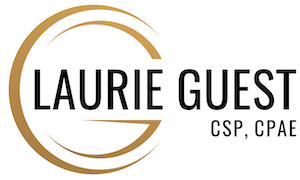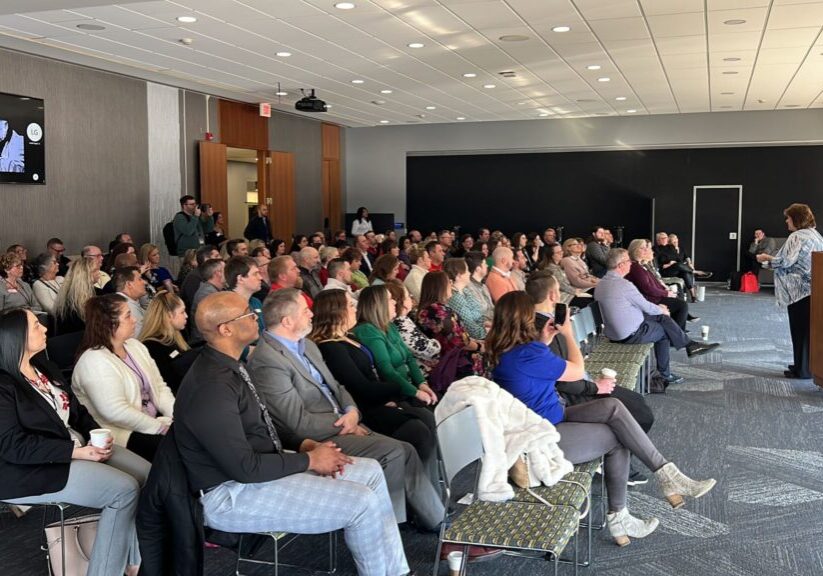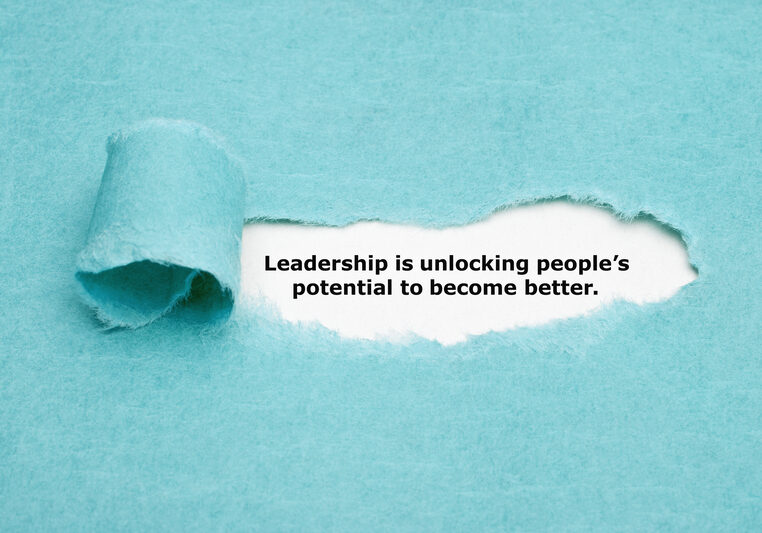One of the premium services I offer to clients seeking to level-up their customer service delivery is Secret Shopping. My team and I experience your business as a customer would and report back on our findings, good, bad or ugly. And of course, we always provide solutions to help your team improve interactions every step of the way. With over fifteen years of experience in secret shopping, we’ve seen it all.
This month, with the busy end of the year approaching and many of us already exhausted from a challenging year, I want to share with you the results of a recent secret shopping client so that you can recognize similar opportunities for improvement in your team’s customer service delivery. The client will remain confidential, of course, but their top three missed opportunities need to be shared because I know that they are not alone in making these errors. In fact, they are so common we can all learn from them, no matter your product or service.
Let me set the stage: for every secret shopping client, our shoppers conduct a 32-step customer service audit. Nearly half of those checks (14, to be exact!) occur before we ever set foot in the establishment. Today, and because so much business happens online and via phone these days, I’m focused on just those aspects, the website and phone encounter portion of our experience.
What Matters Most to Your Customer in this Moment?
One of our first steps in secret shopping a business is also a customer’s first step: we pick up the phone and call them. In this example, our client is in the healthcare industry, meaning the most essential phrase whoever receives the can say is, “Please tell me the problem you’re experiencing today.” Or some version that allows the customer to immediately share why they called in.
Of all the personnel we spoke with, only a shockingly low 3% of them asked us directly what we needed help with in that moment. It’s shocking because everything that follows in our interaction is dependent on the response to that inquiry. From understanding the level of urgency required to your best word choice and even the appropriate levels of empathy or humor the situation warrants, it’s all critical. If everyone calling your business is treated alike, with the same formulaic questions and no opportunity to truly communicate, the engagement becomes transactional at best and a subpar experience for your customer.
Does this apply to other industries? Of course it does! From roof repair to travel planning, a customer’s need becomes your action steps. And if you’ve never taken a moment to discover what that need is, it’s going to be much, much harder to make a meaningful connection.
Be On Your Game, and Respond to the Customer to Build Rapport
We all understand there are multiple demands on everyone’s time, especially if your office or business is working with a limited or smaller-than-usual staff. However, that’s no excuse for making your customer feel like a bother just for getting in touch or asking their questions! Plus, it throws any chance of building a rapport out the window, often a deciding factor for new customers choosing between your business and another.
In our recent secret shopping experience, one team member in particular won top honors for her service, and she was a standout. She was patient, asked her questions in complete sentences rather than one-word utterings, and had a tone that was friendly and warm. These may seem like small details, but they’re the tipping factor for your customers time and time again.
Are there times when “blunt and quick” is appreciated? Yes! When the caller seems in a hurry, doesn’t desire a rapport-building moment or presents as someone who just wants answers, then being direct is good. That means you’re in tune with the customer and responding in a like mode, a next-level customer service delivery skill. Getting to that point is a game changer, but it means your staff must be totally present and on the ball to make it happen.
Contact Information: What are you really doing with it?
Obtaining a person’s basic contact information—name, phone number, email address—is a smart and simple place to start; every website you’ve ever visited has a contact form that captures this information. We know that when a customer is fully engaged and makes the effort to submit a contact form, there should be an internal process for what to do with that new lead. Which is why it’s so surprising to say that in my fifteen years of secret shopping, I can only remember TWO TIMES when a business actually took the time to follow up with their secret shopper, checking in after the shopper didn’t make their purchase on their first encounter. We all know that a warm lead is closer to conversion than a cold one. Why fumble this incredibly easy chance to connect and, more importantly, close the deal?
At this point, you might be wondering what exactly follow-up looks like, and it’s true that it can be different for different businesses, goods and services. From assigning the customer a specific account manager to compiling a list of product options based on their inquiry, I unpack this and more lessons learned from my years in secret shopping in the video series that I’ll share with this article. I hope you’ll watch and learn—and tell me what changes you’re going to implement to get your customer service delivery back on track before the end of the year.
Often, we don’t deliver on our customer service performance not because we don’t know how to do it, but because we have grown tired, bored or otherwise unmotivated by the effort it takes. Has service fatigue impacted your execution of duties, or do you see your team delivering subpar service more often than you’d like? What would you say if you found out your last customer was a secret shopper, and they had all the details on just where your customer service delivery comes up short? By reviewing our work performance through the eyes of our customers, we can spot areas for improvement, many of which are a matter of stepping up, showing up and being present for the people who make our work possible: our customers.






